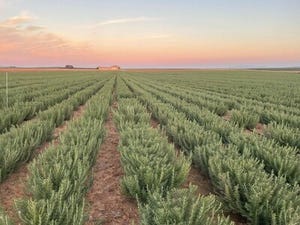Research: Detecting wooden breast with imaging technology
Affected breast fillets detected with more than 95% accuracy.

An emerging problem with poultry meat quality is the increasing occurrence of the wooden breast (WB) condition in broiler breast meat. Fillets with this abnormality have an uncharacteristically hard or rigid feel. The WB condition results in decreased fresh meat quality, inferior yield in processed products, diminished nutritional quality, potential product condemnations and reduced customer/consumer acceptance.
An objective method to rapidly and non-destructively detect the WB condition for the purpose of product sorting has not been developed, but the U.S. Poultry & Egg Assn. (USPOULTRY) and USPOULTRY Foundation announced Aug. 19 the completion of a funded research project at the U.S. Department of Agriculture’s National Poultry Research Center in Athens, Ga., in which the Agricultural Research Service (ARS) researchers focused on detecting WB fillets with imaging technology.
The current method of WB detection involves subjective scoring through tactile evaluation and product handling, but the hardness of the affected fillets reportedly decreases with short-term storage, further complicating WB detection.
The ARS researchers, led by Dr. Brian Bowker, used multiple imaging technologies, including optical coherence tomography imaging and hyperspectral imaging, to differentiate normal breast fillets from affected breast fillets. Breast fillets affected with WB could be detected with greater than 95% accuracy. The results point to the feasibility of adapting imaging technology to detect WB in an online processing plant setting.
The team suggested that further research is needed to determine if fusing these imaging-based technologies would provide additional benefits when it comes to sample throughput and accurately segregating the differing degrees of severity of WB.
The research was made possible by an endowing gift from GNP Co., and the project was part of USPOULTRY’s comprehensive research program encompassing all phases of poultry and egg production and processing.
About the Author(s)
You May Also Like



